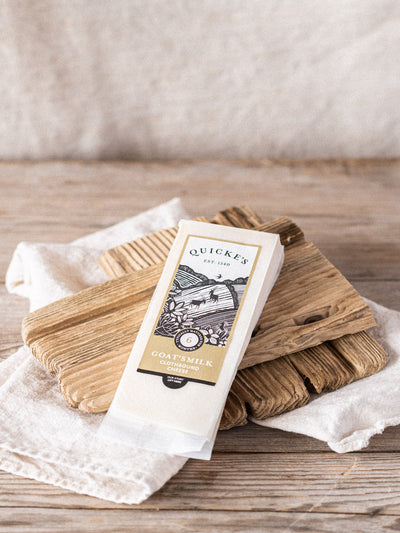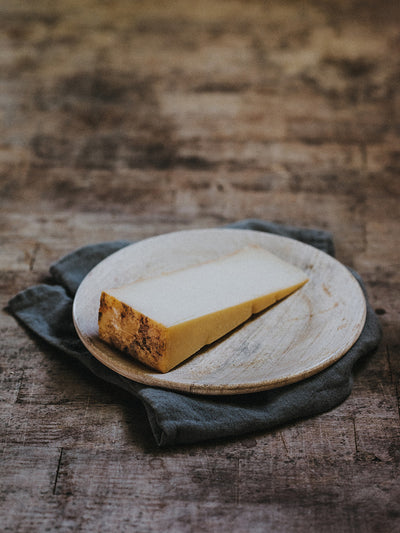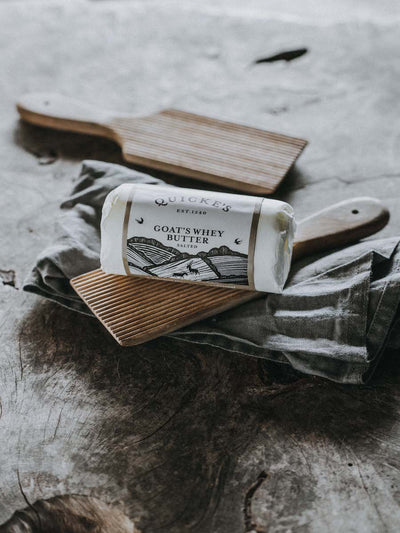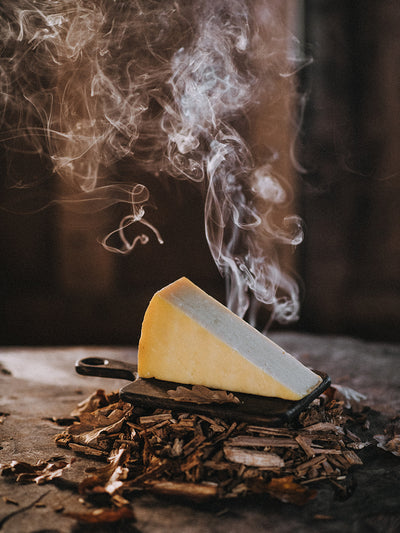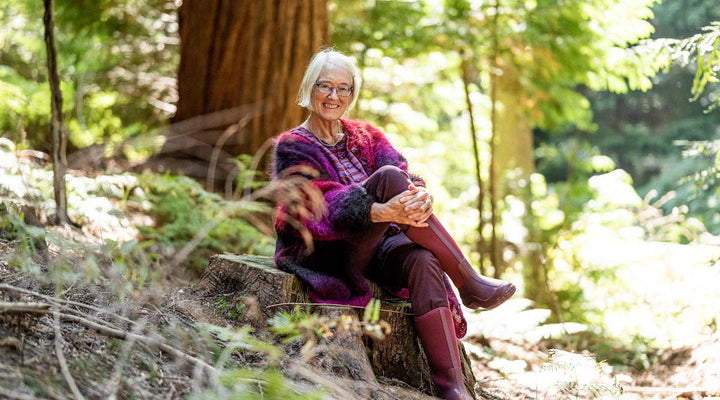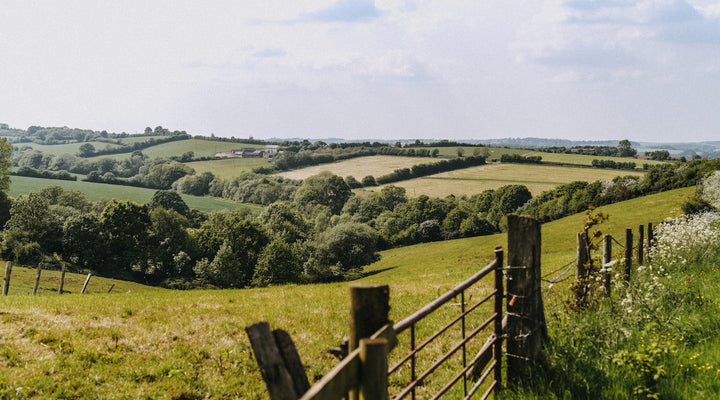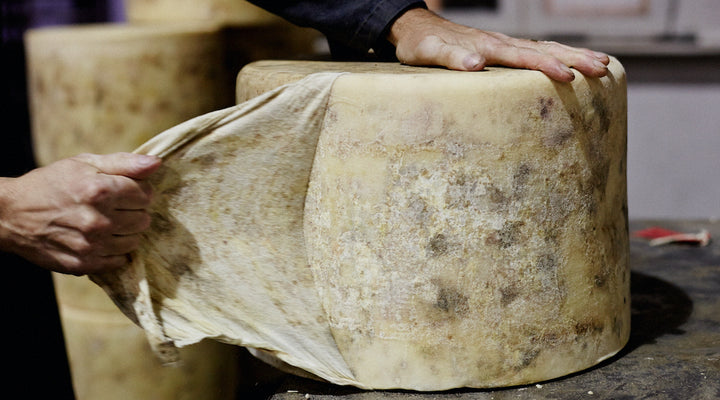NATURE
The year turns. Night encroaches at both ends of the day. Leaves change colour, not the untimely changes of our overheated summer, the ones that belong to this season. A mix of rain and shine have restored the landscape to the beautiful and familiar autumn patchwork of grass and newly cultivated fields, hedges, hills and wood. I was sitting gazing at the tapestry of trees ahead of me and a little fallow hind sped past me silently. She didn’t veer to one side or the other: the wind was blowing my scent away from her. I guess she is firing up for the wild excess of the rut, thinking more about next’s life than this year’s danger.
There is an air of quiet busyness of creatures making their preparations for the winter ahead. Squirrels strip the nut trees, pointedly taking my cultivated hazels, filberts and cobnuts first. In the sun, bees hang heavy on autumn flowers. Flies feast on the last remains of hedgerow blackberries. Fruit on trees ripens, catch each one at the perfect time if you can. The wasps tell you when they are delicious, taking star shaped nibbles out of apples,avoid sharing an apple with a wasp.
We sow winter crops, wheat, barley and oats and grass and clover. We catch the soil to work between the showers, and I’m not yet regretting rain, it’s still a joy. The gaping cracks in the soil are just filling now. Seedlings emerge in lines across the field, verdant and vivid against the bright red soils, shimmering like shot silk. Some grass and clover will be there for two years and restores our arable fields closer to their pristine state. Some is fast growing to replace what we didn’t grow in the drought. We’ll harvest as soon as we can in spring and follow on with spring barley. That gives us less grain and straw and we better than running out of feed.
GRASS
The grass had another spring in the damp warmth, perfect temperature for animal and plants. It is young and softand going through the cows quickly (keep alert in the parlour). We’ll provide a little straw for them to nibble to slow it all down a bit.
COWS
The autumn cows are settling into milking: the grass now if why we calve them in August, to make best use of this lovely autumn grass. Their daughters are enjoying exploring the farm. We are all hoping for a beautiful open autumn. It’s lovely, and we want to make our precious winter feed that we fed so much of in the drought.
CHEESE DAIRY
People like the temperature much better too, even if we are in wellies and wear waterproofs. No such thing as wrong weather, just wrong clothes. In the cheese dairy, the heavy work is less hard when the temperature isn’t crazy.
The cheese missed the grass feeding in summer. We taste the cheese first at three months old, sticking a cheese iron through the cloth and rind into the centre and to bring out a core to share. We discuss flavour, texture, aroma and appearance. We record, decide any adjustments to make, and start to choose who will receive the cheese. We can see the firmer textures when we were winter feeding in the drought. Those cheeses will take a little longer to mature and open up in flavour. We will smoke some, as the flavours won’t fight with the oak smoke. We still found our buttery cheese, the intensely buttery lingering flavour that is quite rare and very special. In the cheese dairy nowwith the autumn flush of grass, the curd is a little softer, giving notice of more yielding, melting flavours to come.
Tony Rowe is our master storeman. He came to the farm when he was a young boy, with his mother Val who made butter and icecream, packed cheese and served in the shop. His father Barry made cheese andmanaged the cheese dairy for many years. Tony has worked here for 25 years. He takes care of all the cheese almost from birth through maturing, grading to getting it packed up and sent to customers. He isone of our hidden heroes, knowing our cheese stock, all those months of preserved sunshine, like the back of his hand. This month he is supervising our cheese being sent to the far corners of the world for Christmas (and Thanksgiving), making sure it gets to shipping containers in time. For him, Christmas has already started.
If you wanted to get Christmas under control too, you might consider checking our Online Shop. We can send gifts large and small, either a selection we’ve chosen or one you choose. You might consider maturing one of our clothbound little truckles yourself. The Affineur of the Year competition showed the cheeses do take on the microflora of their store: keep your cheese in in cool dry place and find out what your microflora tastes like.
RECIPE
For Halloween, I will be enjoying our Double Devonshire - a gentle orange colour from annatto seeds, with a subtle creamy gentle sharp and nutty flavour. It pairs beautifully with some tasty little chestnut-flavoured potimarron squashes I’ve grown. I like this pancake mix baked with it. Thinly slice one squash (a butternut squash will do) with a small onion. Whisk up 3 eggs, 40mls olive oil, 30mls milk, 50mls double cream, a sprig of chopped rosemary and clove of garlic. Add 120g self raising flour and 100g grated Double Devonshire to squash and onions, and mix to combine. Pour the liquids in and mix well. Season. Put in a oven proof dish and bake in preheated oven for 30 minutes at 175oC till cooked through and golden brown on top.
AUTUMN WALK
For a lovely autumn walk after your (recipe), start where Marsh Lane forks from Riscombe Hill by East Holme, walk past Bakers, follow the track left through the gate into Tally Field to avoid the marshiest bit of Marsh Lane, rightto the beautiful field with the stream (Coombe Park), follow the hedge line and cross the little footbridge into the woods (Coombleland Copse). I love this beech-lined path peeping into the field. Cross over the stream into Lane End, and come out under Venny Cleave. Turn right up to Northridge Cross, admiring the view across the Shuttern and Creedy valleys. You’ve got a choice: walk down Crooklake Hill for a tree-enclosed leaf wading walk (turn right at Woodley Cross and down Riscombe Hill to the start). For a lovely view and a shorter walk, drop through the gate into Bonny Quay and down the public footpath through Pope Down across the stream into Westholme Field, across to South Allers and up until you join the road at Riscombe Hill. 2-2 ½ miles, some slopes, wellies advised, not suitable for wheelchairs.

